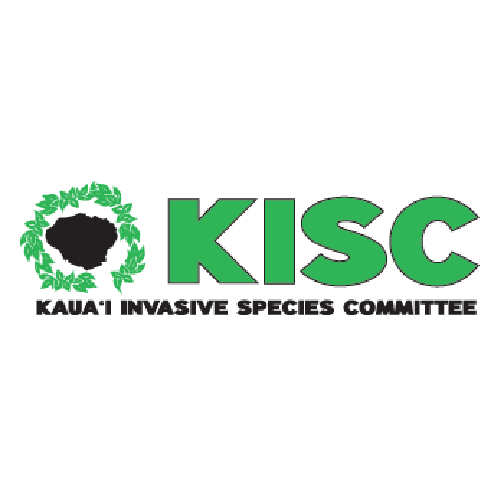Family: Haemodoraceae
Anigozanthos flavidus, commonly known as tall kangaroo paw, is a long-lived perennial native to southwestern Australia. It is grown for its tall, grass-like clumps of foliage and distinctive tubular flowers covered in colorful velvety hairs, often in shades of green, yellow, or red. The flowers are held on tall stalks, sometimes reaching over six feet, and are highly attractive to pollinators such as birds. Tall kangaroo paw is hardy and adaptable, tolerating a range of soils, and is widely cultivated as an ornamental in gardens and landscapes. It has also contributed to hybrid breeding, as its vigor and disease resistance have been used to create many colorful kangaroo paw cultivars.
Although A. flavidus is not currently naturalized or invasive in the Hawaiian Islands, it has been rated High Risk on the Hawaii-Pacific Weed Risk Assessment due to its biological and ecological traits and its history of naturalization elsewhere. Its ability to produce abundant seeds, form dense clumps, and tolerate a wide range of environmental conditions increases its potential to establish outside cultivation. Gardeners are advised to plant it responsibly, manage garden waste carefully, and avoid planting near natural areas to minimize any risk of escape into Hawaiʻi’s ecosystems.
High Risk Traits:
- Naturalized outside native range (e.g., South Africa, Australia)
- Environmental and garden weed in some regions
- Forms dense, mono-specific stands
- Tolerates a wide range of soils
- Reproduces by seed and rhizomes (vegetative spread)
- Self-compatible; hybridizes naturally
- Dispersed by people, water, wind, and human activity
- Benefits from fire and disturbance (resprouts from rhizomes)
- May increase fire risk in fire-prone ecosystems
Low Risk Traits:
- Not toxic to humans or animals
- Not shade-tolerant (requires full sun)
- No spines, thorns, or burrs
- No evidence of allelopathy or major pest issues
- Limited seed dispersal by animals
- No persistent seed bank




